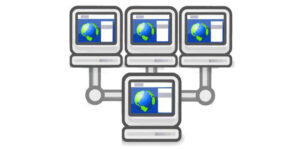
What’s the Real Cost of DEI?
In today’s diverse, dynamic work world, employers increasingly recognize the transformative power of diversity, equity, and inclusion. Still, concerns often arise about the cost of

In today’s diverse, dynamic work world, employers increasingly recognize the transformative power of diversity, equity, and inclusion. Still, concerns often arise about the cost of

Despite the economic downturn, training and professional development expenses in large companies rose from an average of $17.17 million in 2019 to $22 million in

Learning and development (L&D) is driving big investments for businesses, with estimates of $96.3 billion spent in 2017 alone. With steep costs associated with L&D,

We’ve all heard the case for employee engagement—higher engagement levels lead to greater employee output, increased productivity and favorable business outcomes. So why do so
This is the time of year when sports fans pay attention to college basketball: The NCAA Men’s Division I Basketball Tournament – a.k.a. “March Madness”
Ever since the CoBies — Google’s multidirectional Conference Bikes that transform going for lunch into a team-building exercise — the image of millennials in the

Virtual teams make great business sense. But before you unleash your workforce, it pays to develop a coordinated technology plan.

Digital communities are increasingly important to business organizations. But what really makes an enterprise community effective?